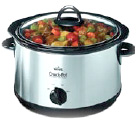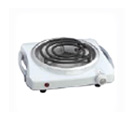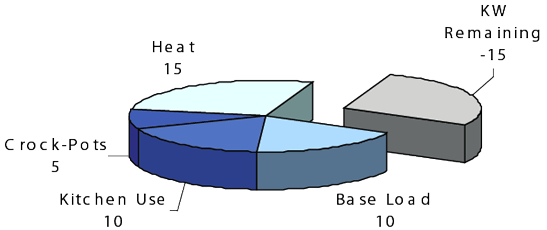Unexpected Energy Suckers
April 2011
 |
A large portion of our demand management projects are for smaller commercial buildings like churches. Over the years we’ve noticed an interesting phenomenon related to churches and demand. Not rocket science, mind you, but an interesting observation just the same. |
 |
Utilities categorize small commercial customers as the Small General Service (“SGS”) class. This class has an upper demand threshold of about 25kW, sometimes higher or lower depending on your location. As long as the customer keeps their billing demand below this threshold, they can remain on the SGS rate. This is usually an energy-only rate, meaning the customer pays only a kilowatt-hour charge. Simply put, there isn’t a separate demand charge on SGS rates like there is on medium and large general service rates. |
 |
Why is this important? Many times, the economics of a demand management project depend heavily on the customer remaining on a lower rate. Customers with a limited capacity threshold need to ensure their peak demand stays below the kW limit; otherwise they will be moved to a higher rate class which can mean a huge increase in their electric bills. Several churches that use our system report that it’s easy to stay below the threshold under normal circumstances. A large percentage of their total connected load such as the A/C systems, electric heat strips, water heaters and baptismal heaters are easily managed with the Energy Sentry. |
 |
At this point you’re probably starting to wonder “What is the Interesting Observation?” Simply put… BEWARE of CROCK POTS! |
   
| Example
At this point, you’re pushing 25kW and haven’t even realized it yet... |

This exact situation happened to one of our customers prior to installing an Energy Sentry. As a result of their pot-luck supper, they were moved to the MGS rate and their electric bill increased by nearly 60%. Now, in order to return to the SGS rate they need to stay under 25kW for another 12 consecutive months. | |
|
TakeawayIf you are trying to stay below the rate threshold, beware of crock pots, space heaters, or other large uncontrolled loads that can easily put you over the limit. The Energy Sentry measures everything but only controls those loads to which it is connected. |
Learn more about Energy Sentry's
commercial demand controllers

